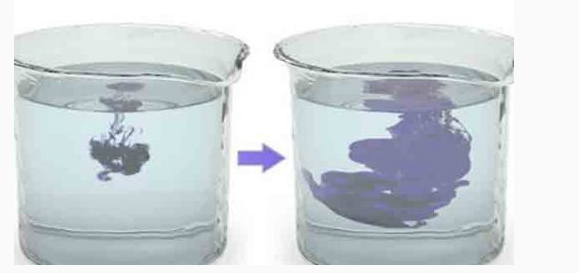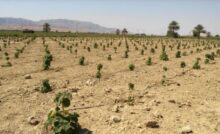What is Difference between diffusion and osmosis?
What is the difference between diffusion and osmosis? Very important processes are carried out in the human body and two of these are known as osmosis and diffusion. The nutrients we consume, the water we need and even the creation of energy are some of the cases where this becomes important.
To understand what happens during these processes, we can analyze the points that distinguish each case, since despite being essential for us, their roles are different. In most cases,


their similarities are very present because they share the function of being transport systems, but the contrast between each situation must be taken into account.
Difference between diffusion and osmosis.
Diffusion is the movement of particles from a high concentration area to a low concentration area, regardless of whether it is solid, liquid or gas, while osmosis is the movement of water through a semipermeable membrane, that is, by the molecules such as H 2 O or O 2 can pass from a region of low solute concentration to one with a high solute concentration.
Osmosis.
If the surroundings of a cell have a higher concentration of water, then this process will occur and the cell, in addition to obtaining more liquid, will also gain a few molecules and particles.
Its importance lies in the ability to distribute nutrients by this form of transport and to get rid of the waste that is generated in the metabolism. It is also responsible for the absorption of water from the ground in plants and that it can rise to the leaves.
As you can see, its main means of movement is water, but in general, any type of solvent can be considered. The detail is that it only happens in this state, but still not cease to be key in the life of many organisms because their hydration depends on osmosis.
Diffusion.
It is due to the balance that is always generated in the concentrations since regardless of the medium or the state of the matter, the molecules will move until they reach a degree of total uniformity.
It is important because equalizing the concentration levels in the available space generates energy. In addition, it helps other processes indirectly because thanks to this the aroma of flowers is perceived, since aromatic compounds are diffused in the air, and in this way, insects are attracted to pollination.
One of the most representative examples is presented in water dyes because when mixed, the color is gradually distributed throughout the volume until reaching a balance where the concentration will be uniform.
The temperature is closely related to the movement of the particles and therefore also to the diffusion. This is because in substances with more energy, that is, hotter, the movement of the molecules will be faster and the mixture will become uniform in less time.
You May Also Interested:
Recent Posts
Types of Cells
Living things are made up of cells, the basic unit of life. There are many types…
What is the Difference Between HIV and AIDS?
The difference between HIV and AIDS is that AIDS is the disease caused by HIV infection. You…
What is Difference between Antisepsis and asepsis?
The Difference between Antisepsis and asepsis is that The antisepsis is the procedure performed to reduce…
Virus vs bacteria
Virus vs bacteria: The difference between viruses and bacteria lies in the fact that the virus…
What is Difference between Arches and bacteria?
Major Difference between Arches and bacteria is that The archaea and bacteria are prokaryotes, unicellular living whose genetic material…
What is The Difference Between DNA and RNA?
The difference between DNA and RNA is that DNA is deoxyribonucleic acid and RNA is…


